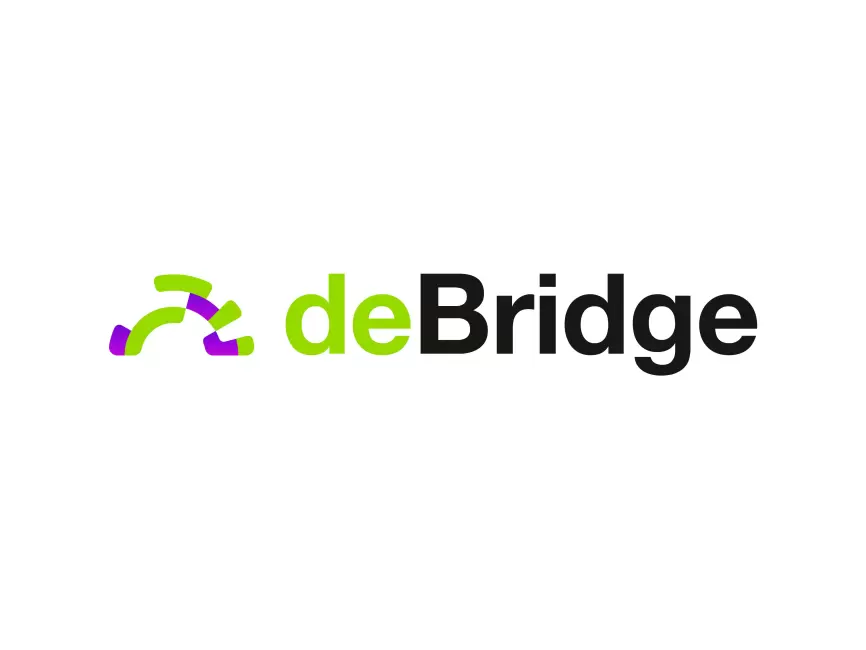Ever get the feeling that blockchain’s like a bunch of islands with no bridges? Seriously, it’s kinda wild how fragmented the space still is. You’ve got Ethereum doing its thing, Solana over there, Binance Smart Chain somewhere else — and moving assets between them often feels like you’re trying to mail a letter without an address.
So, here’s the thing. If DeFi’s gonna truly explode, those chains need to talk — fast, safe, and seamless. That’s where blockchain bridges come into play, but not all bridges are created equal. Some are slow, some are risky, and others just don’t scale well. Hmm… something felt off about the early attempts at cross-chain tech. They promised the moon but often delivered a shaky ferry ride instead.
Initially, I thought cross-chain was just about token transfers. But then it hit me: it’s way bigger. We’re talking about composability — the ability to stack protocols across different chains without stepping on each other’s toes. That’s a game-changer for DeFi innovation. However, not every bridge can handle this complexity without turning into a security nightmare or a bottleneck.
Let me share a quick story from last year. I tried moving assets from Polygon to Avalanche, expecting a smooth ride. Instead, the transaction got stuck for hours — and the fees? Oh boy, very very expensive during peak times. That experience made me dig deeper into which protocols actually deliver on the promise of fast, cheap, and secure cross-chain swaps. It’s kinda like expecting a Tesla and ending up with a golf cart.
Check this out—debridge finance has been on my radar since then. What caught my eye was how they approach bridging differently, focusing not just on asset transfers but on cross-chain interoperability that supports complex DeFi workflows.

The Real Deal About Blockchain Bridges and Their Pitfalls
Okay, so here’s the rub: most bridges rely heavily on custodial models or single points of failure. Yeah, that sounds like a big no-no in crypto. You want your assets to move trustlessly, but many bridges still have centralized validators or limited decentralization. That bugs me because it contradicts the whole ethos of blockchain.
On one hand, having multiple validators slows down transactions and ramps up costs. Though actually, going fully decentralized isn’t a walk in the park either—it can introduce latency and complexity that users won’t tolerate. So, the trade-offs are real and messy.
Now, debridge finance takes a hybrid approach, combining decentralized validators with a flexible architecture that supports multiple chains and token standards. That means they’re not just tossing tokens across chains; they’re enabling complex DeFi interactions like cross-chain staking and yield farming, which is pretty neat.
Here’s a quick technical tidbit: debridge uses a modular design with a “native” relayer network that ensures both speed and security. Initially, I thought relayers could be a bottleneck, but their consensus mechanism spreads the load and reduces single points of failure. Actually, wait—let me rephrase that, it’s more like they create a mesh of trust rather than a single bridge.
This design also handles the tricky business of message passing across chains, which is essential for DeFi protocols to interact natively without relying on centralized oracles. It’s a subtle but very important distinction.
Why Speed and Security Still Feel Like Opposites
Honestly, I’m biased, but speed without security is useless in DeFi. Users want instant confirmations and cheap fees, but if the bridge gets hacked, all bets are off. We saw that with some high-profile bridge hacks last year, right? Those incidents made me very cautious about trusting bridges blindly.
Still, looking at debridge finance, their multi-sig and validator set approach seems to strike a reasonable balance. They’ve also incorporated fraud proofs and slashing mechanisms for bad actors, which adds a layer of accountability. This part bugs me less, though I’d love to see more real-world stress tests over time.
One thing I’m not 100% sure about is how they’ll scale as more chains and tokens come onboard. Cross-chain tech is evolving so fast that yesterday’s solutions might be outdated tomorrow. But their open architecture suggests they’re ready to evolve, which is promising.
Here’s a wild thought: what if bridges become the new DeFi base layer? If protocols like debridge finance succeed, they might shift from being mere transfer tools to foundational infrastructure enabling multi-chain DeFi ecosystems.
That would mean a future where your yield farming strategy spans not just Ethereum and Binance Smart Chain but dozens of chains interconnected seamlessly. I’m excited but also cautious—too many moving parts can mean more complexity for users.
Personal Take: What I Wish More Bridges Had
Okay, so check this out—I’d love to see bridges with better user experience baked in. Most are still too technical for average users. DeFi is supposed to democratize finance, but if the onboarding or bridging steps feel like rocket science, that’s a barrier. Something as simple as clearer fee breakdowns or transaction status updates could make a huge difference.
Also, transparency is huge. I admire how debridge finance publishes their validator activities and keeps the community in the loop. This kind of openness builds trust, which is scarce in cross-chain tech.
Oh, and by the way, I’m really curious about how they handle governance. Decentralized governance can be a double-edged sword—great for community control but sometimes slow and chaotic. How debridge balances that will be telling for its long-term sustainability.
Overall, if you’re someone who needs a secure and fast cross-chain bridge, I’d recommend giving debridge finance a look. It’s not perfect, but it’s one of the more thoughtful players out there pushing the envelope.
Common Questions About Cross-Chain Bridges and debridge finance
What makes debridge finance different from other cross-chain bridges?
Unlike many bridges that focus solely on token transfers, debridge finance supports complex cross-chain interactions with a hybrid decentralized validator network, enhancing both security and interoperability across multiple blockchains.
Is using a cross-chain bridge like debridge finance safe?
While no system is 100% foolproof, debridge finance incorporates multi-sig validators, fraud proofs, and slashing penalties for bad actors, making it one of the more secure options in the cross-chain space currently.
Can I use debridge finance for DeFi activities beyond simple token transfers?
Yes, debridge finance is designed to enable cross-chain DeFi use cases like staking, yield farming, and other composable interactions, moving beyond just swapping tokens between chains.
How does debridge finance handle scaling as more chains are added?
The platform’s modular and open architecture allows it to onboard new chains flexibly, though real-world scalability will depend on ongoing development and community governance.

